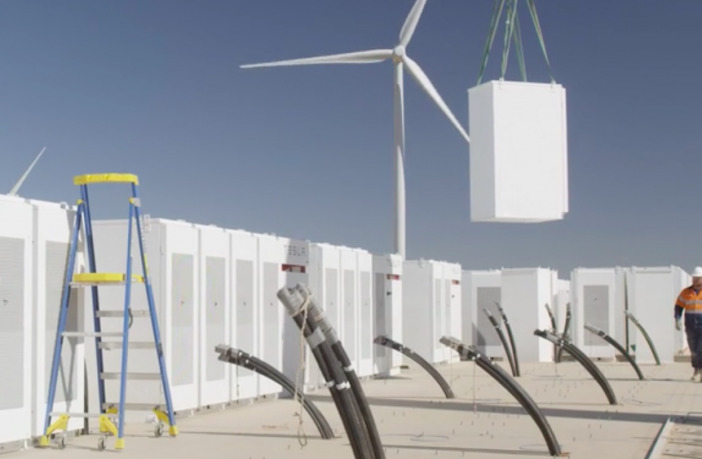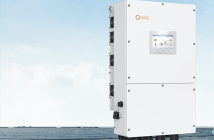![]()
- Market revenue for grid-scale batteries has been on the upward trajectory in Australia driven by increased returns from Frequency Control Ancillary Services (FCAS) markets.
- Extreme weather, interconnector failures, risk of islanding, changing nature of load and coal-fired generator outages have all combined to contribute to increased FCAS requirements.
Driven by an increasing need to maintain the system in a stable operating state, FCAS costs rose steadily in 2019. In Q4 2019 alone, FCAS costs were $81 million, representing the second-highest quarter on record and the highest quarter in more than a decade, the Australian Energy Market Operator (AEMO) finds in its latest Quarterly Energy Dynamics report.
The quarter saw total battery revenue of $20 million, which represents the highest quarter on record and was 70% higher than the previous record. While returns from FCAS skyrocketed, energy arbitrage revenue increased slightly compared to Q3 2019 (+$0.12 million) but remained a small proportion of battery market revenue (12%), AEMO finds.

Drivers of increased FCAS market revenue for batteries included two high priced FCAS events in South Australia, increased market share, and higher FCAS prices. The two events in South Australia – islanding of South Australia (or risk of islanding) led to local FCAS requirements and $14 million in FCAS costs. During these events, South Australian batteries provided high levels of FCAS and received an estimated $6.8 million in FCAS revenue, the report finds.
Meanwhile, the price and cost impact of increased FCAS requirements were counterbalanced by increasing supply. In Q4 2019, the 25MW/52MWh battery at the Lake Bonney wind farmcommenced operation providing FCAS supply across all eight FCAS markets. This was in addition to supply from the existing four grid-scale batteries in the NEM which steadily increased during 2019, AEMO states.
Australia’s largest battery to date, the Tesla big battery at Hornsdale in South Australia, proved its worth on the FCAS markets already in the first year of its operation. Through its fast frequency response, the system has been able to provide high-quality Regulation FCAS in comparison to other traditional generation sources, such as large steam turbines that can lag by up to several minutes.
Author: Marija Maisch
This article was originally published in pv magazine and is republished with permission.











